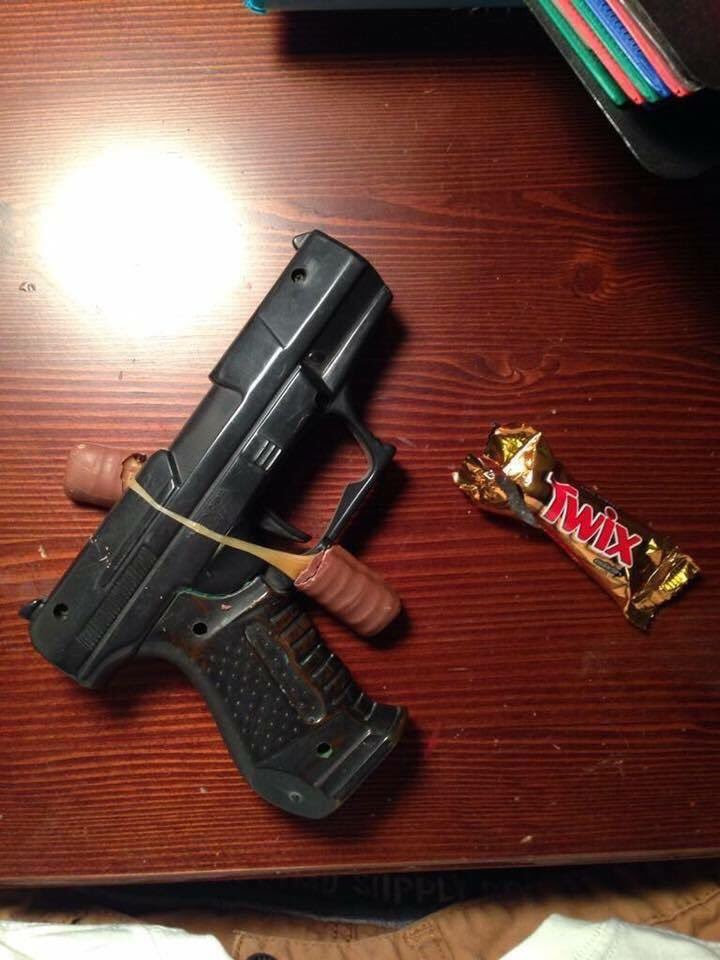TAMPERED TRUTH: The myth of tainted halloween candy has been around for decades, but is there any truth behind it?
By Greg Mikol, Staff Writer
If you went trick-or-treating as a child, you were most likely told by your parent’s to check and make sure none of your candy had been tampered with. The possibility of razor blade filled snickers and drug laced gummy bears is enough to scare any parent, but where did this fear originate? More importantly, is there any truth to this outstanding myth? Quite simply, no. A fact-check article published by Snopes titled “Ecstasy in Halloween candy?” addresses the allegation that the drug is being passed out to trick-or-treaters, and the biggest truth revealed is what we already know: some forms of ecstasy are brightly colored and appear to look like candy. The article also touches on where this rumor came from, stating: “In September 2015, many Facebook users shared photographs along with warnings that there exists ‘new shapes of Ecstasy’ that ‘can kill kids through overdoses,’ and therefore parents should be vigilant to ensure no such items turned up in their children’s trick-or-treat bags on Halloween.” The article goes on to explain that “Despite long-held beliefs that Halloween candy tampering is both commonplace and regularly results in harm to children, reports of actual attempts to do so are virtually non-existent (or based on half-truths).” The key term here being half-truths, as that’s where this baseless myth initially arose. An article from Mentalfloss.com entitled “A Brief History Of Sick People Tampering With Halloween Candy” By Ethan Trex, highlights a recorded case of a child dying by supposed candy-tampering. “In 1974, an eight-year-old Houston boy named Timothy O’Bryan died after eating cyanide-laced Pixy Stix while trick-or-treating. Although the poisoning initially looked like it might have been the work of a deranged homeowner, the investigation into O’Bryan’s murder soon centered on his father, Ronald Clark O’Bryan.” In fact, it’s not the only incident in which a child was poisoned or drugged via Halloween Candy, only to discover the culprit as a family member. “In 1970, a five-year-old in Detroit died after ingesting a massive amount of heroin. Tests on his Halloween candy showed that some had been sprinkled with the drug, but the police actually learned the tragic truth behind the boy’s death. He had stumbled across his uncle’s heroin stash and mistakenly eaten it. His family then sprinkled the drug on the boy’s Halloween candy to throw off investigators.” (Trex).
The myth of poisoned Halloween candy is one that has been perpetuated for decades. While there have been a few loosely related incidents, the fact of the matter is that causation doesn’t always equal correlation. You can rest easy knowing that this Halloween, the chances of your treats being tampered with are slim to none.

